Decarboxylation is a critical step in preparing cannabis for consumption, whether it is for smoking, edibles, or tinctures. The process involves heating cannabis to activate the compounds within it, particularly THC and CBD, which are responsible for many of the psychoactive and therapeutic effects of the plant. Traditionally, decarboxylation is done in an oven, but what if you don’t have one?
This article explores alternative methods for decarboxylating cannabis without an oven – but you won’t find a microwave on this list! In general, putting your weed in the microwave is not recommended. While the heat from your microwave is hot enough to start the decarb process, it’s likely to be uneven – just like that bowl of pasta with the scalding cheese and the weird cold tomatoes.
The science behind decarboxylation
Before we dive into the different methods, let’s quickly review the science behind decarboxylation. When raw cannabis is heated, the process of decarboxylation occurs, which converts the non-psychoactive THCA (tetrahydrocannabinolic acid) and CBDA (cannabidiolic acid) into “neutral” THC and CBD, respectively. Decarboxylation is crucial for activating the compounds found in the cannabis plant because these compounds do not pass into the brain well unless they are heated into their neutral forms. 1 2 3
1. Decarboxylation with a crockpot
One popular method for decarboxylation without an oven is using a crockpot.
- Place the broken up cannabis in a mason jar with the lid loosely tightened
- Place the jar in the crockpot filled with water. The water serves as a buffer to prevent overheating, which can degrade some cannabinoids instead of activating them.
- Set the crockpot on low heat and let it cook for about two hours, shaking/mixing the contents of the jar every 30 minutes. Be careful! It’s hot.
2. Decarboxylation on the stovetop
Another method is using a stovetop. In this method, you’ll need a large pot and a thermometer.
- Fill the pot with water, place the cannabis water-tight container (e.g. mason jar, turkey bag) that is also heat safe, and submerge it in the water.
- Set the stove to low heat and use the thermometer to monitor the temperature of the water, keeping it around 200°F.
- Let the cannabis heat in the bag for about two hours, stirring/shaking occasionally.
3. Using a sous-vide machine to decarb
A third method for decarboxylation without an oven is using a sous-vide machine, a device that allows you to cook food in a precisely controlled water bath.
- Place the cannabis in a vacuum-sealed bag and add a small amount of oil or butter.
- Set the sous-vide machine to around 200°F and let the cannabis cook for two hours.
General tips for decarboxylating without an oven
Decarbinging is the smelliest step of the infusion process. Choose a decarb method that fits your needs both for time and concerns of odors in your kitchen. Be sure to avoid the open oven decarb method and instead use a mason jar if smell is a concern.
Regardless of the method you choose, it’s essential to monitor the temperature carefully to prevent overheating, which can result in a loss of potency. Using a thermometer or a sous-vide machine will help you maintain the optimal temperature for decarboxylation, which is usually around 250 F (120 C).
Sources
- Citti, C., Ciccarella, G., Braghiroli, D., Parenti, C., Vandelli, M. A., & Cannazza, G. (2018). Medicinal cannabis: principles, pharmacological actions, and psychoactive effects. Cannabis and Cannabinoid Research, 3(1), 1-12. doi: 10.1089/can.2017.0017
- Huestis, M. A. (2007). Human cannabinoid pharmacokinetics. Chemistry & Biodiversity, 4(8), 1770-1804. doi: 10.1002/cbdv.200790152
- Russo, E. B. (2008). Cannabinoids in the management of difficult to treat pain. Therapeutics and Clinical Risk Management, 4(1), 245-259. PMID: 18728714
Sign up for bi-weekly updates, packed full of cannabis education, recipes, and tips. Your inbox will love it.

 Shop
Shop Support
Support
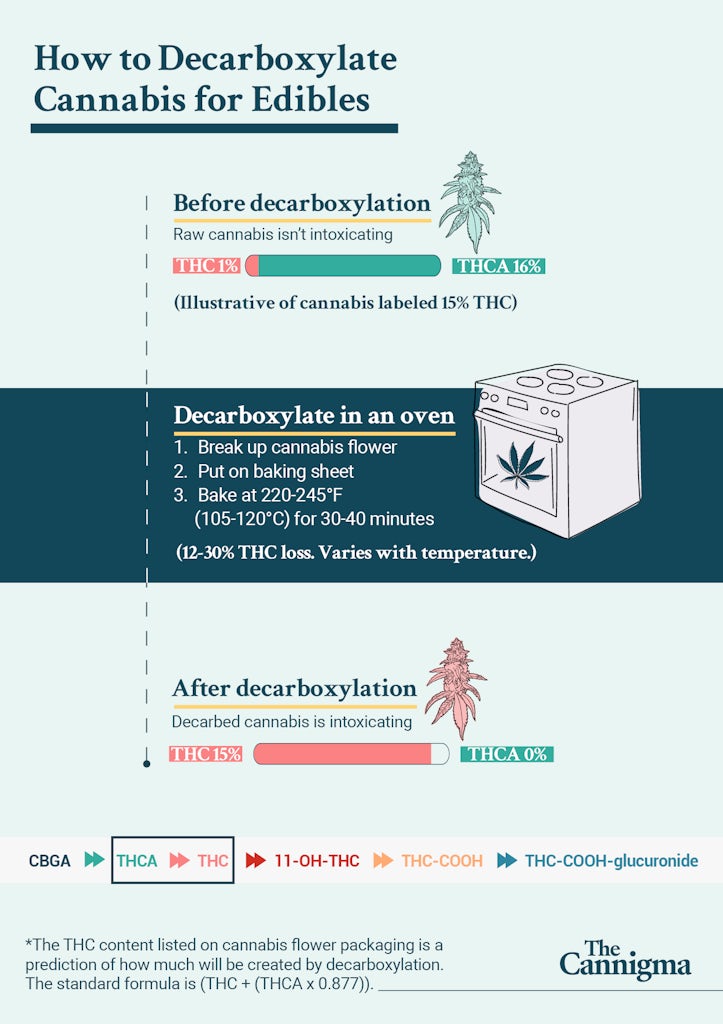
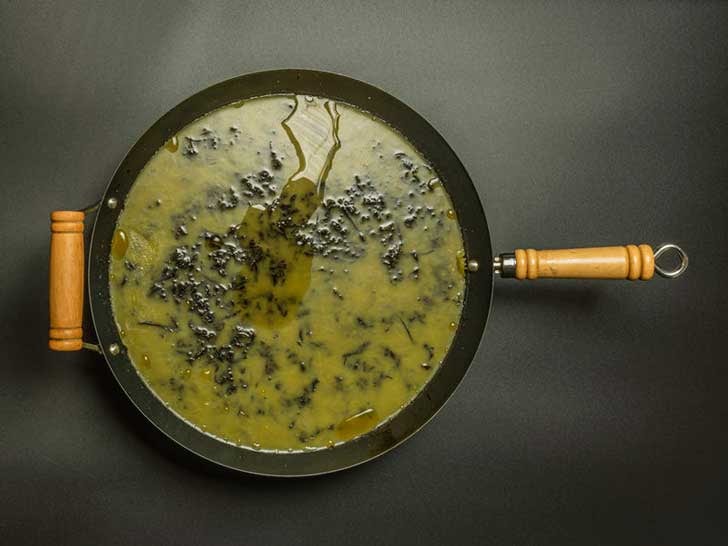
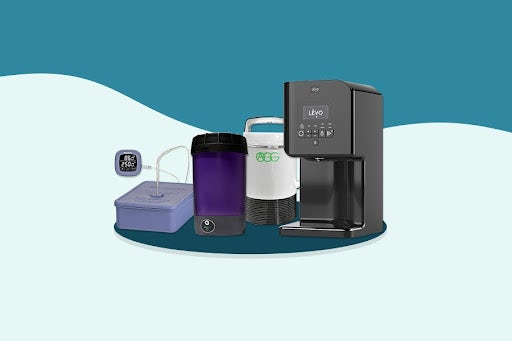
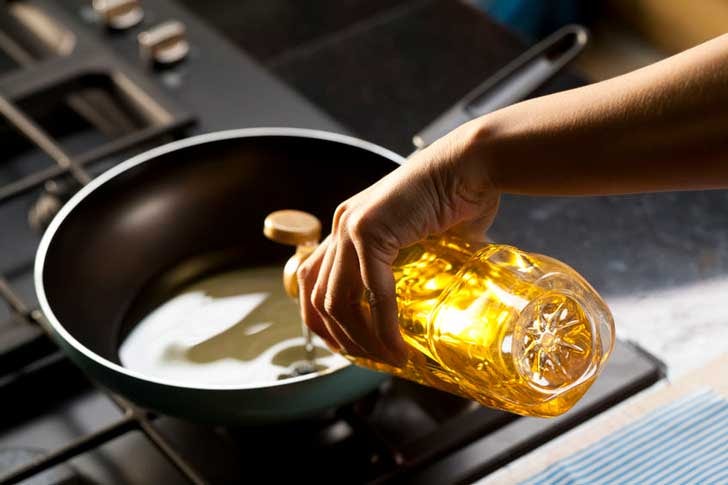
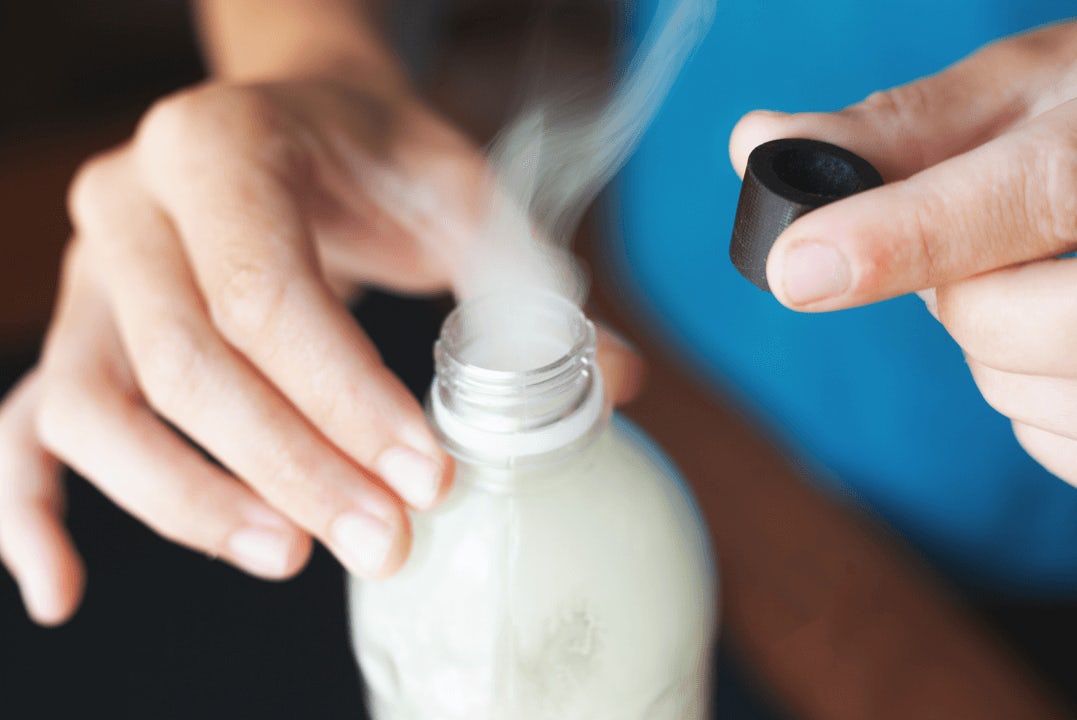















Very informative article. What would the process be with other appliances, i.e.: InstaPot or rice cooker? Thank you in advance.
I found an Air Fryer can work using the mason jar with the lid rubber side up.